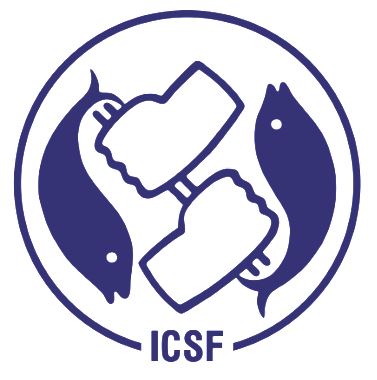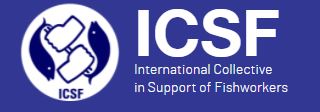Duncan, Emily M. and Vieira, Nina and Irusta, Jose Manuel Gonzalez and Carrio, Carlos Dominguez and Morato, Telmo and Silva, Marina Carreiro and Jakobsen, Joachim and Jakobsen, Kirsten and Porteiro, Filipe and Schlapfer, Nina and Herrera, Laura and Ramos, Manuela and Rodríguez, Yasmina and Pereira, Joao M. and Fauconnet, Laurence and Rodrigues, Luis and Parra, Hugo and Pham, Christopher K. (2023) Predicting the distribution and abundance of abandoned, lost or discarded fishing gear (ALDFG) in the deep sea of the Azores (North Atlantic). Science of The Total Environment, 900. p. 11.
Full text not available from this repository. (Request a copy)Abstract
Abandoned, lost, or discarded fishing gear (ALDFG), represents a significant percentage of the global plastic pollution, currently considered one of the major sources from sea-based activities. However, there is still limited understanding of the quantities of ALDFG present on the seafloor and their impacts. In this study, data on the presence of ALDFG was obtained from a large archive of seafloor video footage (351 dives) collected by different imaging platforms in the Azores region over 15 years (2006–2020). Most ALDFG items observed in the images relate to the local bottom longline fishery operating in the region, and include longlines but also anchors, weights, cables and buoys. A generalized additive mixed model (GAMM) was used to predict the distribution and abundance of ALDFG over the seafloor within the limits of the Azores Exclusive Economic Zone (EEZ) using a suite of environmental and anthropogenic variables. We estimated an average of 113 ± 310 items km−2 (597 ± 756 per km−2 above 1000 m depth), which could imply that over 20 million ALDFG items are present on the deep seafloor of the Azores EEZ. The resulting model identified potential hotspots of ALDFG along the seabed, some of them located over sensitive benthic habitats, such as specific seamounts. In addition, the interactions between ALDFG and benthic organisms were also analysed. Numerous entanglements were observed with several species of large anthozoans and sponges. The use of predictive distribution modelling for ALDFG should be regarded as a useful tool to support ecosystem-based management, which can provide indirect information about fishing pressure and allow the identification of potential high-risk areas. Additional knowledge about the sources, amounts, fates and impacts of ALDFG will be key to address the global issue of plastic pollution and the effects of fishing on marine ecosystems.
| Item Type: | Articles |
|---|---|
| Keywords: | ALDFG, Azores, North Atlantic, Marine Litter, Exclusive Economic Zone (EEZ), Ecosystem Based Management, Marine Ecosystems, Commercial Fisheries, Marine Environment, Fishing Effort |
| Subjects: | Right to Resources |
| Depositing User: | Kokila ICSF Krish |
| Date Deposited: | 01 Mar 2025 08:05 |
| Last Modified: | 01 Mar 2025 08:05 |
| URI: | http://icsfarchives.net/id/eprint/21349 |
Actions (login required)
 |
View Item |


